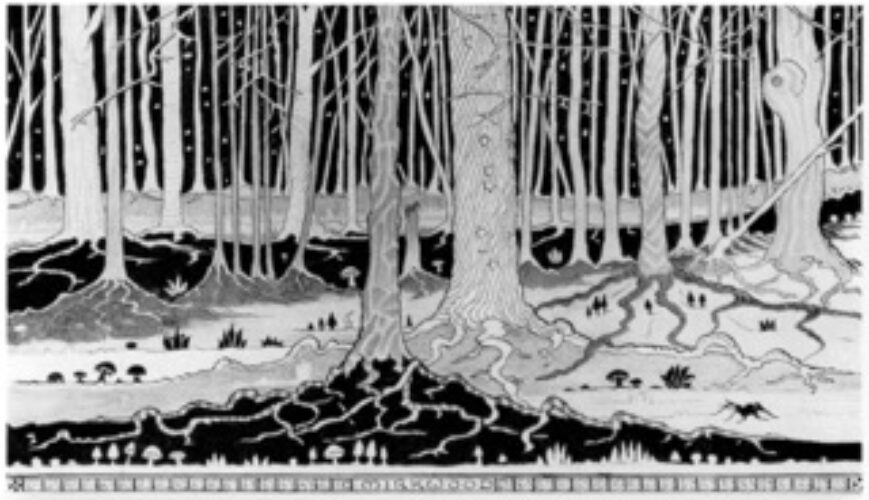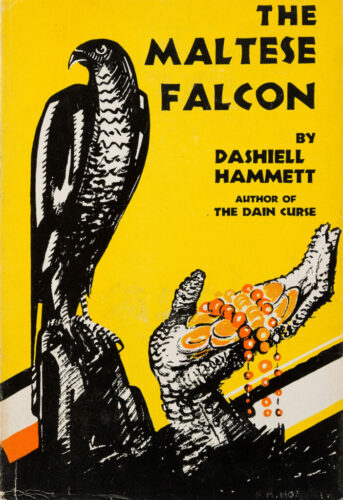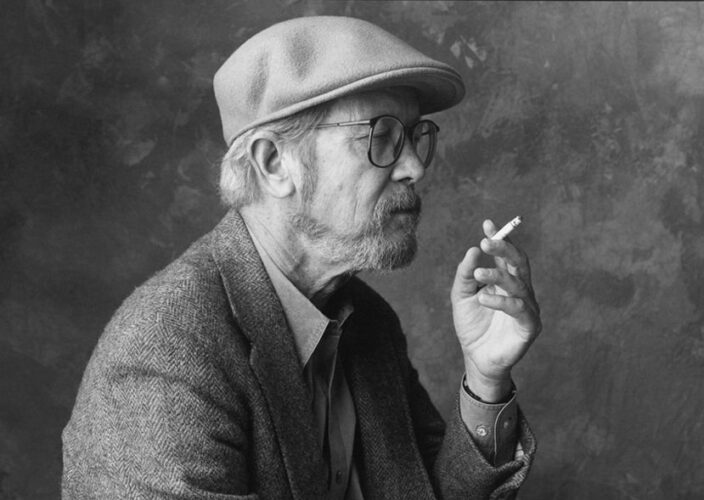Trenchcoat and Cigarette and Arrogance (Book Three, Part 48: Late Ennis Hellblazer)

Previously in Last War in Albion: Garth Ennis’s take on John Constantine drew heavily on the noir genre for influences, and largely fit into the structures suggested by Raymond Chandler’s classic essay “The Simple Art of Murder.”
“I’m the one who steps from the shadows, all trenchcoat and cigarette and arrogance, ready to deal with the madness.” – Garth Ennis, Hellblazer
Ennis’s approach, it’s clear, is much closer to the one Chandler lays out than is convenient for Ellis’s point, even as his eventual conclusion that Constantine is the enemy of abusive authority in the general case clearly works.
Central to this is the unspoken ethical foundation of Chandler’s manifesto and the fundamental difference between detective fiction and what Ennis is doing in Hellblazer. At the heart of Chandler’s notion of realistic detective fiction is, ultimately, the perspective and worldview of the police. This is in some ways natural; murder is the domain of the police, just as war is the domain of soldiers. One cannot tell a realistic story about something without relying on the worldview of the people who deal with it. But a consequence of this is a worldview that is shaped by the police and their worldview, with all the innate conservatism implicit in that.
The occult, however, is not the domain of any real-world job, and so Ennis was left with considerably more freedom in how to tell his story. But Ennis’s clear focus on making sure the magical solutions within his stories made sense and were adequately set up is a clear embrace of Chandler’s ethics of realism, and a clear rejection of the sort of thing Chandler criticized British mysteries for,. On a larger scale, meanwhile, Ennis put much effort into grounding Constantine in his own experience of the real world. As he explained, Constantine “was a bloke who lived in contemporary London and did contemporary London things.” And with this wide mandate to shape his hero and his moral worldview, Ennis substituted the realism of cops with the realism of a man who grew up in Thatcher’s Britain amidst the Troubles, who drank a lot with his mates. And so his Constantine took the basic framework of the noir protagonist and shaped it into something more anarchic and engaged. This was a savvy understanding of Constantine—an unearthing of threads that were implicit in the character since his creation that wove them into a form that was well-suited to the landscape of the early 1990s.
Constantine’s post-breakup collapse marked the beginning of Ennis’s endgame, although he had more than a year left to run on the title. First came a phase featuring an unshaven, drunk, and homeless Constantine. This only featured three actual issues—a two-parter that resolved the lingering King of the Vampires plot from Hellblazer #50 and a one-shot in which Constantine is spooked by the ghost of a crashed World War II pilot that inspires him to get back to his life. This marked the first instance of Ennis directly engaging with the war comics that he grew up reading, But this issue, with its mawkish and Churchill-quoting title “Finest Hour” and its moral lesson about how the dead pilot “never gave up” and “clawed and fought to the last drop of blood for life” that leads Constantine to decide he owes it to him to try to live, is far from the best instance of it, landing closer to the jingoistic pap published in Commando and War Picture Library than to the stuff like Charley’s War that Ennis was clearly trying to approach.…







